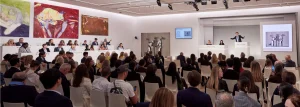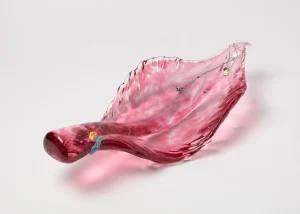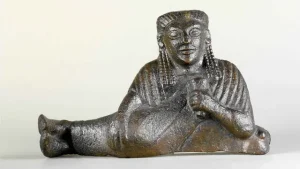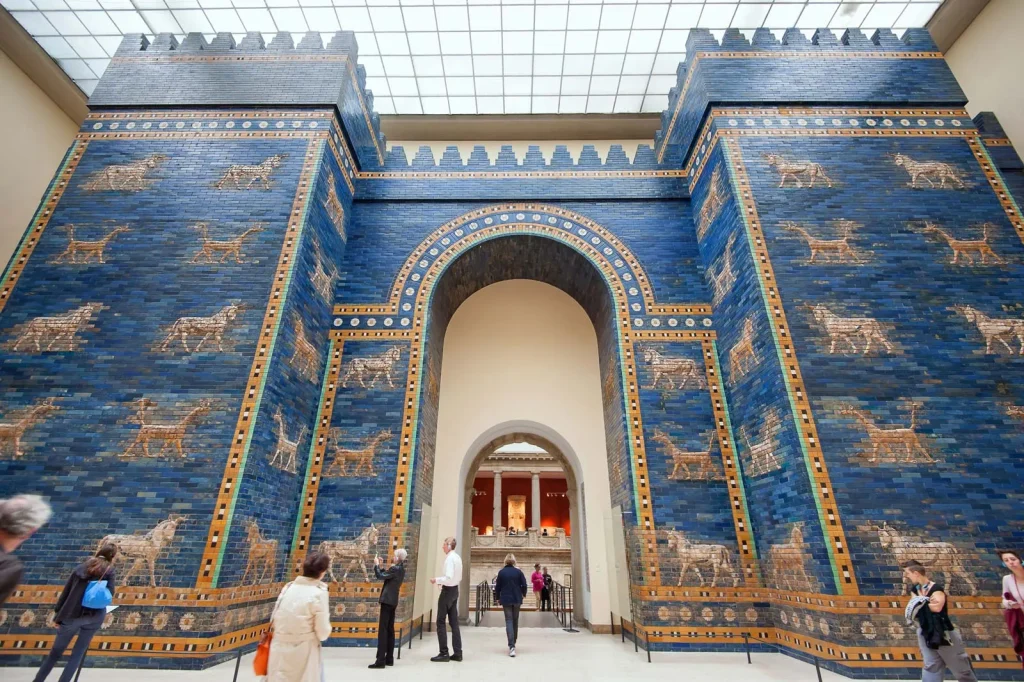A SUMMARY OF THE MOST EXCITING ART NEWS FROM AROUND THE GLOBE
While we focus on Indian art, we can’t obviously function in a vacuum. It’s a small world and everything is connected, especially on the web. So, let’s train our spotlight across the world map to see what’s going on — from art trends to socio-political issues to everything that affects the great aesthetic global consciousness. Or, let’s just travel the world and have some fun!
Phillips New York’s $69.5 million evening sale features undervalued and cult artists
A Phillips evening sale devoted to art from the 20th century to today brought in $69.5 million with fees after the latest edition of Frieze New York opened to VIPs Wednesday. That figure was down significantly from last year’s equivalent sales total of $226 million and less than the 2021 total of $118 million, a sign of a cooling art market. Of the 37 works offered, 33 lots were sold with just one withdrawn before the sale’s start. Works by mid-career established artists like Simon Leigh and Caroline Walker were among the ten lots backed by the auction house with third-party guarantees. By the end of the hour-and-a-half-long sale, led by Phillips London–based auctioneer Henry Highley, the evening’s lots hammered at $56.4 million. This figure landed well below the pre-sale estimate of $63.2 million to $91 million.
By the sale’s end, things were coming to a close on a high when a work by the late American artist Elaine Sturtevant, known for her irreverent copying of canonical male artists came up on the block. Study for Marilyn, a riff on Warhol, hammered at $1.5 million, again with Manley’s bidder over its $1 million low estimate. The work went for a final price of $2.9 million with fees. Read more on ARTnews.

Courtesy: ARTnews
“Sublimely Offensive” Sculptures by Kelly Akashi and What Happens to an Obsolete Medium
Wads of chewing gum are stuck to the shiny, smooth surfaces of Kelly Akashi’s elegant glass botanical sculptures, sharply undercutting their preciousness. These sculptures, like casts of various parts of the artist’s body, are littered throughout her current show, “Infinite Body,” on view at Tanya Bonakdar in New York through June 10.
Other sculptures—delicate and glassy, hearty and crystalline—sit on plinths made of dirt, yet perfectly rectangular. Upstairs, she’s showing photographs made from an astrophysics archive. As art-science crossovers proliferate in the art world, Akashi’s stunning work stands apart as it cultivates wonder, humility, and awe for the beauty and complexity of the natural world. Below, the Los Angeles–based artist discusses how curiosity and chaos inform her approach.
Kelly says, “Many people pointed to the wads of chewing gum and asked me, is that bronze? Is that glass? But no, it’s just gum! I was drawn to the idea of mastication, and to having this unnamed material—saliva—as a crucial component. I tried to choose pieces of gum that had visible tooth marks and impressions of the body. I had a nice chat with [artist] Haim Steinbach, who also shows with the gallery, and he called the gum “sublimely offensive.” I thought, well that’s a nice summary; I think I’ll borrow the term.” Read more on Art in America.

Courtesy: Art in America
Archaeological collections in Berlin museums to be traced back to their origins
In an effort to repatriate objects illegally excavated or exported from their places of origin, Berlin’s state museums are investigating the provenance of their archaeological collections. Researchers from Berlin and Turkey will examine the provenance of artefacts from the archaeological sites at Sam’al, Didyma and Samarra that are currently held in three Berlin museums-the Museum of Islamic Art, the Museum of the Ancient Near East, and the Museum of Classical Antiquities. One of the most significant archaeological collections in the world dates back to the 16th century in Berlin. In a press conference in Berlin, Hermann Parzinger, the president of the Prussian Cultural Heritage Foundation, said visitors are increasingly curious about the objects’ origins. Provenance research has until now focussed primarily on art potentially looted by the Nazis and colonial-era acquisitions. But research into archaeological objects is “also significant in terms of clarifying legal and ethical questions,” the Prussian Cultural Heritage Foundation says in a position paper. Read more on The Art Newspaper.

Courtesy: The Art Newspaper





